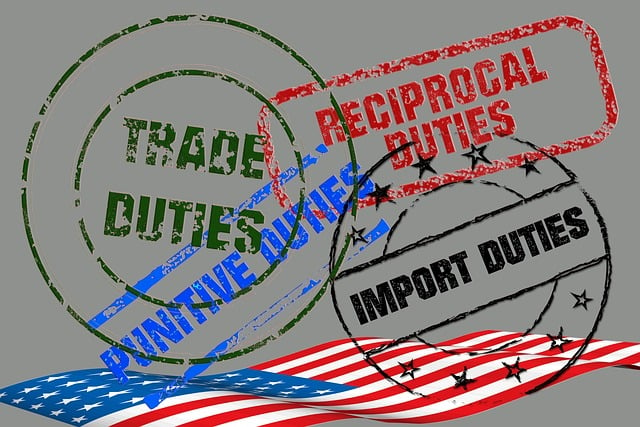Parents in child support scenarios have legal duties to ensure their children's financial security and well-being, primarily through joint maintenance covering essentials like food, education, and medical care. Child support calculations, based on income and custody time, aim for fairness. Enforcement requires open communication, documentation, and professional help when needed. Modifications are made as circumstances change, emphasizing proactive communication between parents. State laws provide tailored guidelines, ensuring compliance and fairness. Accessing legal resources is crucial for clarity in complex scenarios, fostering a more transparent child support understanding.
Understanding child support is crucial for ensuring a stable future for children. This comprehensive guide delves into the legal obligations of parents, exploring various child support calculation methods used worldwide. Learn effective enforcement strategies and when modifications are appropriate. We also dissect the impact of state laws and provide valuable resources for navigating this complex process. Gain insights into your rights and responsibilities to foster a clear understanding of child support.
- Legal Obligations for Parents
- Child Support Calculation Methods
- Enforcing Payment & Collection Strategies
- Modifications: When and Why
- State Laws and Their Impact
- Resources for Assistance and Guidance
Legal Obligations for Parents

Parents involved in child support scenarios have legal obligations that they must understand and fulfill. These duties are primarily aimed at ensuring the financial stability and overall well-being of the child. The primary responsibility lies with both parents to contribute towards the child’s maintenance, which includes meeting their basic needs such as food, clothing, shelter, education, and medical care. This collaborative effort is crucial in maintaining a stable environment for the child’s growth and development.
The legal framework also mandates that parents keep each other informed about significant changes in their lives that might impact their ability to meet these obligations. Open communication and transparency are essential to ensure consistent compliance with child support agreements, which ultimately benefits the child. Understanding these legal duties is an integral part of navigating child support, fostering a cooperative environment for the sake of the child’s best interests.
Child Support Calculation Methods

In many jurisdictions, child support calculations are based on a formula that considers several factors, including the income of both parents and the time each parent spends with the child. This collaborative approach ensures a fair determination of financial obligations, fostering an understanding of child support among families. The primary goal is to allocate resources in a way that aligns with the best interests of the child, reflecting the responsibilities of both parents even after separation or divorce.
The calculation methods vary slightly from region to region, but they typically involve applying percentages and fixed amounts based on parental incomes and custody arrangements. For instance, a common formula might suggest a certain percentage of the non-custodial parent’s income be awarded as child support, with adjustments made for variations in earnings and expenses. This method promotes transparency and encourages both parents to contribute equitably, ensuring stability and understanding within the family structure.
Enforcing Payment & Collection Strategies

Enforcing payment and collection strategies in child support scenarios is a delicate balance between ensuring financial stability for the child’s future and maintaining respect for all parties involved. A comprehensive understanding of legal duties is paramount here. Parents, custodians, and ex-spouses must adhere to agreed-upon payment plans, with regular updates on progress and any deviations promptly addressed.
Effective collection strategies often involve open communication, clear documentation, and the utilization of professional services when necessary. It’s crucial to explore various options, such as direct debits, automated payments, or collaborative platforms designed for child support management. These methods not only streamline the process but also enhance transparency, fostering a cooperative environment where everyone contributes their part in ensuring the well-being of the child, as per the understanding and agreement laid out in legal documents.
Modifications: When and Why

Modifications to child support arrangements are often necessary as circumstances change over time, reflecting the evolving needs and dynamics of both the children and their parents. These adjustments can be initiated when there’s a significant shift in financial or personal situations, ensuring that the original child support order remains fair and aligned with the current reality. For instance, if one parent experiences a substantial decline in income or takes on new financial responsibilities, a modification might be warranted to accommodate these changes.
Understanding when and why modifications are needed is crucial for maintaining a healthy child support understanding between all parties involved. Parents should communicate openly regarding any life events that could impact their ability to fulfill the original agreement. This proactive approach fosters transparency and ensures that children receive consistent care and support, regardless of fluctuations in parental finances or situations.
State Laws and Their Impact

State laws play a pivotal role in shaping the landscape of child support, providing guidelines and regulations that ensure fair and consistent outcomes for all involved parties. Each jurisdiction has its own set of rules and criteria that dictate how child support is calculated, collected, and distributed. These laws consider various factors such as parental income, the standard of living needed for the child, and the time-sharing arrangements between parents. Understanding these state-specific regulations is crucial for both parents to ensure compliance and maintain a healthy understanding of their obligations and rights in regard to child support. By adhering to these legal duties, families can navigate this process with fairness and efficiency.
Resources for Assistance and Guidance

For those involved in child support scenarios, understanding legal duties is crucial. There are numerous resources available to provide assistance and guidance, ensuring everyone’s rights and needs are considered fairly. Legal aid organizations, government agencies, and non-profit groups offer valuable support, offering explanations tailored to individual situations.
These resources cover a wide range of topics, from interpreting complex laws to helping navigate the application process. They also provide advocacy services, assisting individuals in communicating with authorities, presenting their cases effectively, and ensuring their voices are heard. By leveraging these resources, parents can better understand their obligations and rights regarding child support, fostering a more equitable and transparent process.






